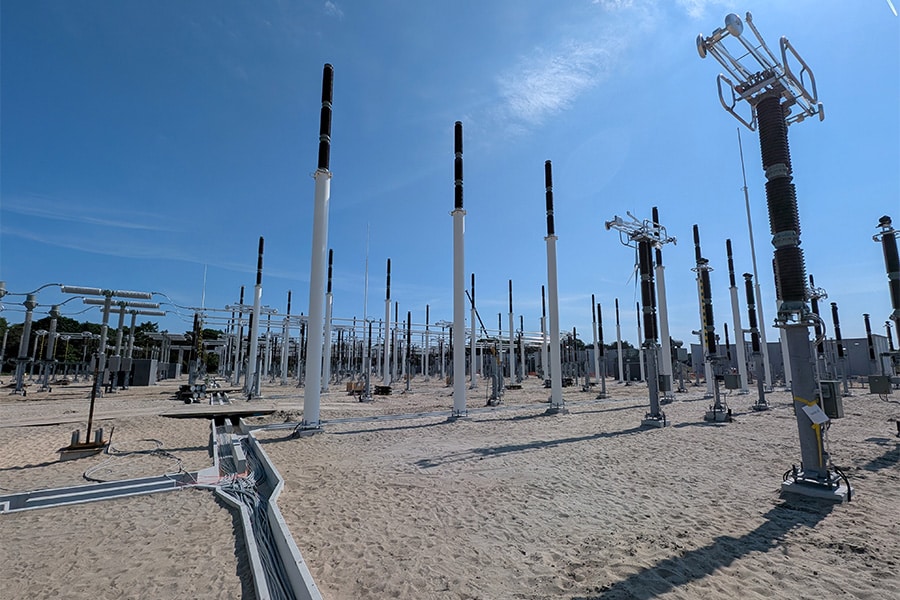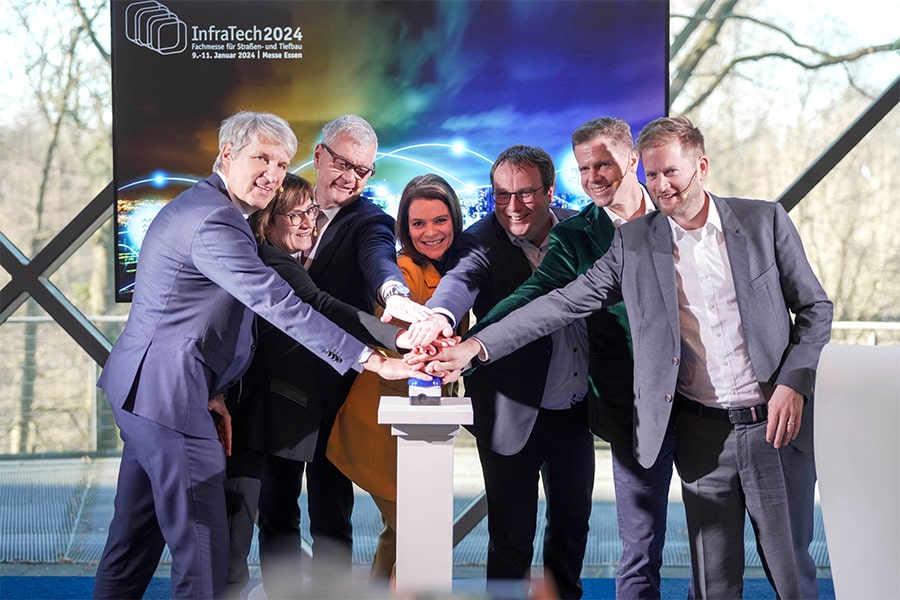
We build bridges between digital and physical environments
As a result, the need for digital building solutions is increasing. And although the step to working digitally is a very logical one, bridging the gap between the digital and physical environment is sometimes quite a challenge. Thinkproject supports this digital transition with strategies, concepts and software solutions involving BIM implementation, strategic collaboration and information management.

Intelligent software solutions
Since its founding in 2000, Thinkproject has become a leading provider of intelligent solutions for project collaboration and information management. "From the various branches throughout Europe, we serve our customers in their own language. Literally and figuratively," says Jules van der Weide, managing director at Thinkproject. "Our industry experts have the necessary content and expertise to provide the right advice, software and service in the field of building intelligence. They mostly have a background in civil engineering, structural engineering, architecture or IT. We combine that knowledge and experience from practice with IT expertise and the intelligence you can get from data. This creates new insights on how to better manage projects and how to make early adjustments. All with the goal of taking the project to the next level in terms of efficiency and sustainability."

Make complexity simple again
In doing so, Van der Weide stresses the importance of making complex matters simple again. "The software must be easy to use and not carry too much ballast in daily use. This is why our system is modular and customized: from design to development and management with all the intermediate construction phases of the project. It is also relevant that the system is flexible and can be directly adapted to the customer's processes and complies with all laws and regulations." This is what makes Thinkproject's solutions unique. "The system can support the entire life cycle of an object but is focused on what the user is working on today and expandable to what the user will be working on tomorrow."

Common Data Environment and BIM
As a software house, thinkproject creates applications and platforms to bridge the gap between the digital and physical building environments. Here, BIM implementation and Common Data Environment (CDE) play a major role. "Information and communication through a workflow ensures that all partners associated with the project can work in a data-centric focused way. We facilitate the project and construction phases in one and focus on information management and collaboration in construction projects. Collaboration can only be successful with the help of a common data environment in which all project information comes together." Van der Weide recognizes that the approach is more familiar for buildings but says Thinkproject has focused it on infrastructure projects. "We are very far along in this: for example, our application thinkproject Common Data Environment (tpCDE) is even the market leader in Germany and the fact that we have combined this with BIM methodologies makes us unique."

Finally, Van der Weide mentions some wonderful projects like The Entrance, Fehmarnbelt Tunnel (D), Deutsche Bahn (D), Havellandautobahn and Heathrow Airport, where Thinkproject platforms led to better collaborations. Mostly complex projects where Thinkproject turned data and knowledge into indispensable assets so that the stakeholders in the construction project had access to the right data and expertise within the project at any time during the construction phase. Van der Weide: "It's great that our solutions can be combined in such a way that they can support different processes and phases of a construction project."




